When I lived in California, I geeked out on all the citrus that was available. My favorite reference on the subject was the Ortho Book of Citrus, a “Just the facts, ma’am”…but still very-California/Arizona/New Mexico-style, guide to the various varieties of oranges, grapefruits, pomelos, citrons, lemons, limes, tangerines, bergamots, tangelos, mandarins, clementines, kumquats, limequats, orangequats, mandarinquats, and calamondins that were grown in people’s backyards and at local citrus farms.
(And I also joined the California Rare Fruit Association and at the time, membership included a free watch, which I still have…somewhere…)
Many of the previously mentioned citrus fruits are hybrids; grapefruits are thought to be a cross between pomelos and mandarins (or oranges) and oro blancos and melogolds are a cross between a pomelo and a grapefruit…while others may not be citrus at all, such as kumquats, which resemble citrus but through various background checks, their designation as a citrus fruit doesn’t necessarily hold up.
(As evidence: This scientific article talks about how kumquats resemble citrus, and how they differ. An NPR article also offers, albeit inconclusively, that they’re “either members of the citrus family…or not.” For those who really want to geek out on citrus, the University of California College of Natural and Agricultural Sciences has an extensive Citrus Variety Collection website that documents over 1000 different citrus varieties. Warning: If you’re anything like me, once you start looking at all the citrus varieties, you might find it hard to stop.)
Now that I am done with revealing my obsession with citrus, after my recent diet and subsequent purge…
…I am back in commission and ready to eat things full of flavor again. (Everything turned out okay and all is well, for those who were following.) And this ultra-flavorful sorbet fits that bill to a “T”…as in T for tangerines, which I can’t get enough of this time of the year.
Back in California, there were many backyard gardeners who were happy to hand off fruits from their trees when I lived there but malheureusement, the chilly winters in Paris ensure that I won’t have neighbors hoping to surprise me with an overload of tangerines or kumquats or Meyer lemons from their trees. Merde.
Speaking of citrus, I was also in for a surprise when I watched the French Netflix series, The Chef in the Truck, which was shot in Los Angeles (the conceit is that the extremely talented pastry chef and his team from The Ritz hotel in Paris, François Perret, drives a food truck around L.A., serving desserts to all), and the chef and his crew came away from the Santa Monica Farmer’s Market with only a small bag of kumquats, noting there wasn’t much else available. I’ve been to that market a few times and when I’ve visited, I was wowed by the selection of citrus, which included pink lemons and Rangpur limes (which are orange and aren’t actually limes), so they must have gone on an off-day.
The next time I saw Chef Perret in Paris, I offered my services to go with him to the market if he returns for Season 2, to unearth some of the locally-grown fruits the market has to offer. I don’t think there’s room for me in their food truck, but I can’t imagine anything more fun than going to the market with him in California.
(I was hoping he might offer to do the same for me here in Paris, but I think he’s got his hands full being the pastry chef at The Ritz.😉)
As much as I like Chef Perret, and lemon bars, lemon marmalade, and candied grapefruit peels, my favorite way to enjoy citrus is uncooked - cutting the fruits open, juicing them, and letting that juice shine and refresh, as it does in this icy, lively, sunny sorbet.
I get asked a lot about how to keep homemade ice creams and sorbets from freezing too hard. If you buy ice cream at a shop that scoops it, their freezers (dipping cabinets, in pro lingo) are a warmer temperature than home freezers, so your ice cream won’t be as soft straight out of your home freezer, which isn’t opened and closed as much as the ones in the shops. Speaking of freezer doors, the first time I froze some chocolate brownies I’d baked, I put most of them in the freezer as a strategy to keep me from eating the whole batch all at once. When I discovered how good frozen brownies are, I am sure that I took a few years off the life of my freezer opening and closing the door every fifteen minutes.
I don’t use stabilizers or additives in my ice creams or sorbets to keep them soft, although some folks, like the wonderful Jeni, use tapioca syrup (or corn syrup in her book, which is aimed at home cooks) as well as cream cheese, to reduce the sugar crystals. She and I had a long chat about that after a journalist tried to pit us against each other in a story, which didn’t pan out. We bakers and ice cream-makers stick together, through thick and thin, churned and frozen.
My tips for keeping homemade ice cream and sorbets softer, and serving them, are:
Take the ice cream or sorbet out of the freezer at least 5 minutes before you plan to scoop it. (Some zap it in the microwave, but to me, that’s just a scary place for ice cream.)
Replace some of the sugar (about one-quarter to one-third) with corn or tapioca syrup. Corn syrup got a bad rap over the last few years due to its nefarious cousin, high-fructose corn syrup, which is a completely different thing and best avoided. Check out natural corn syrup if you have any trepidation. (I buy corn syrup at the Korean markets in Paris, shown above.) Corn syrup is sweeter than granulated sugar so use 25% less by weight or volume. Honey, rice syrup, and Golden syrup also work but some have a pronounced flavor that you may not want in your ice cream or sorbet.
Add alcohol. Alcohol, like sugar, inhibits freezing due to its lower freezing temperature. There’s more info on that, and how much you can use, in my post about keeping homemade ice cream soft. But citrus is at least 90% water, so in something like this tangerine sorbet, you’re essentially freezing a lot of water, so I add some spirits to it to keep things smoother. And for flavor, of course. Who doesn’t want more flavor?
Here I used some gin and triple sec. When making this kind of sorbet where you want the fruit to be the star, I don’t overdo it. I add just enough to enhance the flavor and texture, but not enough to make it boozy. You can, of course, leave it out if you’ve got kids or you’re avoiding alcohol.
People think I gorge on desserts all the time - if only! - but honestly, my favorite types of dessert is a thin wedge of very dark chocolate cake and a scoop of sorbet, or a bowl of fruit with a complimentary flavor of sorbet resting in the middle of it. This one is especially delicious served in a wine glass with a pour of sparkling wine over it if you want to serve something that’s even more on the lighter side, and it’s especially welcome after a rich or filling meal. However, sometimes it’s best to resist overthinking things and just serve it on its own, which is absolutely perfect.
Tangerine Sorbet
Makes about 3 cups (.75l)
I dialed down the sugar a little in this sorbet because the tangerines I started with were quite sweet and delicious. (And because everyone keeps asking me about reducing sugar in recipes. So here, I did it.) But you may want to do some balancing, adding a sprinkle more sugar if you feel it needs it or adding a few drops of lemon juice to tamper any sweetness down as tangerines really vary in flavor.
Because citrus is mostly water, if you don’t add the alcohol, this sorbet may freeze relatively firmly in the freezer so do take it out a few minutes before serving to soften it up before scooping. And feel free to toggle the liquor I used to what you have in your home bar; light rum or vodka can fill in for the gin, and the orange liqueur can be replaced by another complementary flavor, or be left out. If you skip the alcohol, you may want to dial up the sugar to 3/4 cup (150g) or add 1 to 2 tablespoons light corn syrup or another liquid sweetener.
If you don’t have an ice cream maker, you can use this method to freeze the sorbet. If you want it smoother, pulse the almost fully-frozen sorbet in a food processor or with a hand-held immersion blender, to even things out.
3 cups (725ml) freshly squeezed tangerine juice (from about 4 pounds/1.8kg, or about 14 tangerines)
Finely grated zest of 2 tangerines
10 tablespoons (130g) sugar
4 teaspoons gin
2 teaspoons orange liqueur, such as Triple sec, Grand Marnier, or Cointreau
Heat 1/2 cup (125ml) of the tangerine juice with the sugar over low-medium heat, stirring just until the sugar is dissolved. Scrape the mixture into the tangerine juice. Add the tangerine zest, gin, and orange liqueur, if using, and chill thoroughly, preferably overnight.
Churn in your ice cream maker according to the manufacturer’s instructions.
Tip: Speaking of scooping, over the years people have asked me what I use to store ice cream in. When I wrote The Perfect Scoop, I purchased stacks of plastic containers at a restaurant supply shop that were fairly inexpensive and fairly sturdy, which wasn’t a very glamorous answer but it was the truth. I washed and reuse them, but recently I invested in a Tavolo Glide-A-Scoop (not a sponsored plug - and I actually bought two), which has been a dream since the long, slender containers let you make nicer scoops. Now I wonder why I waited so long?
This newsletter is for all subscribers. Thanks for subscribing!





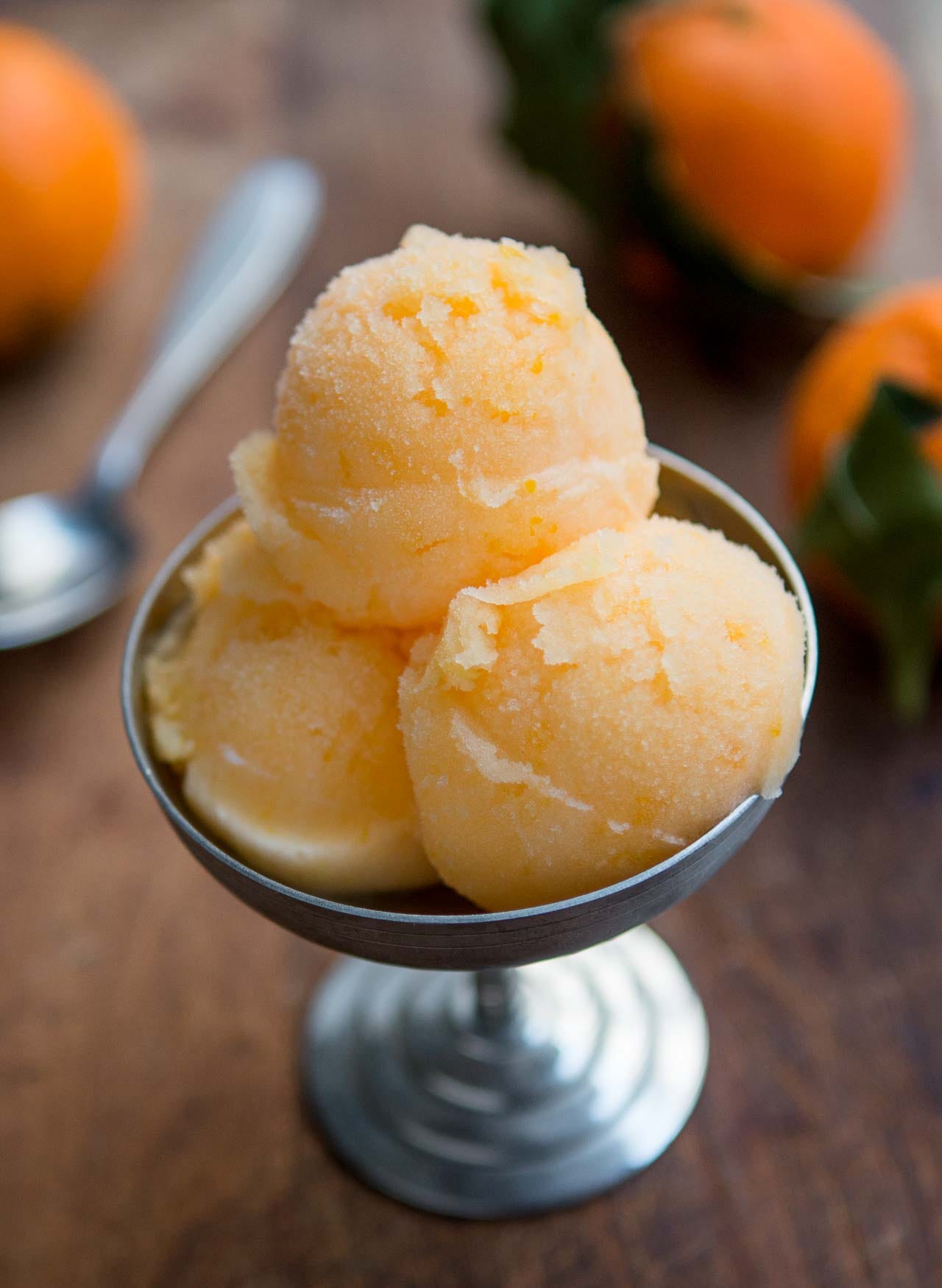
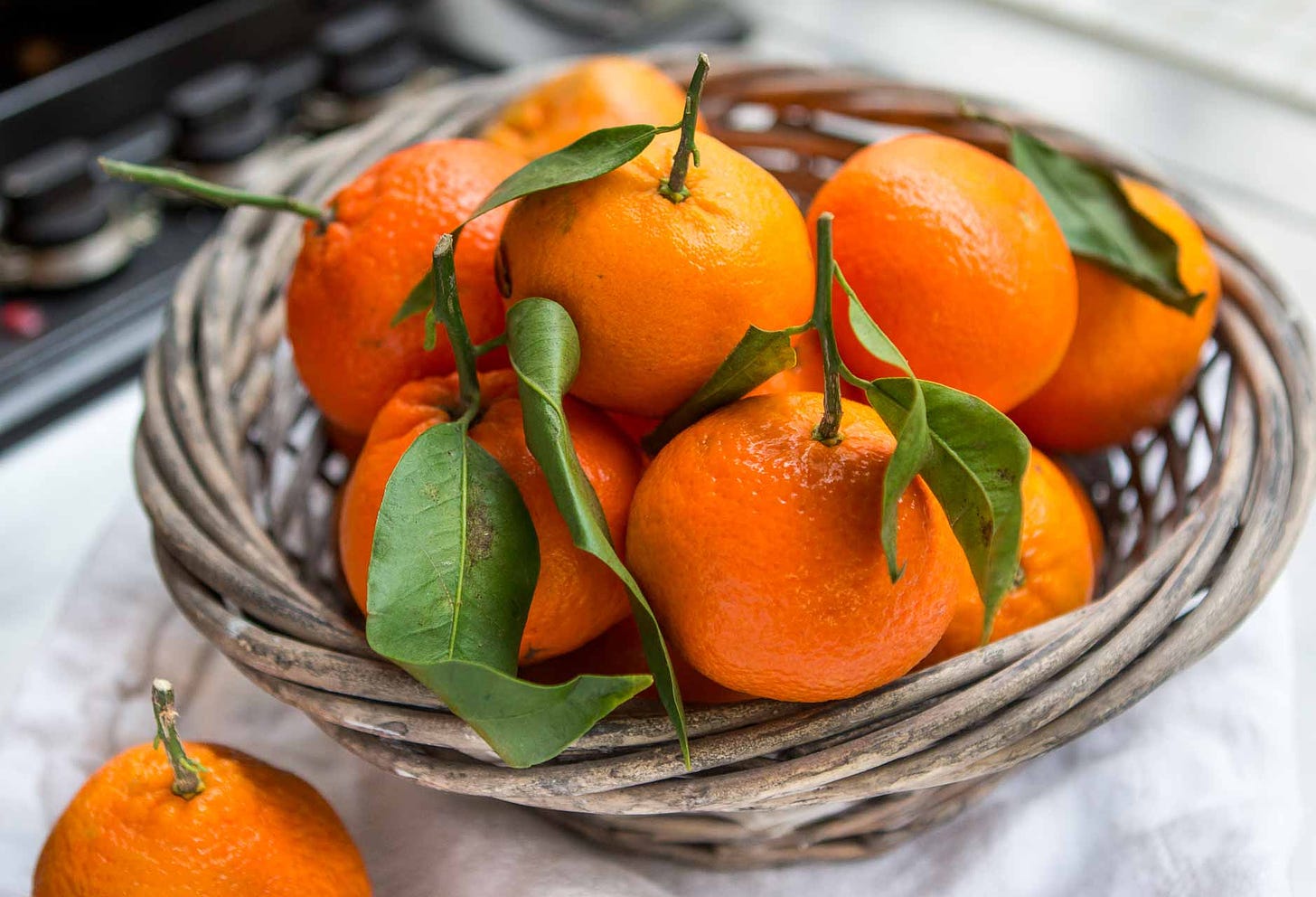

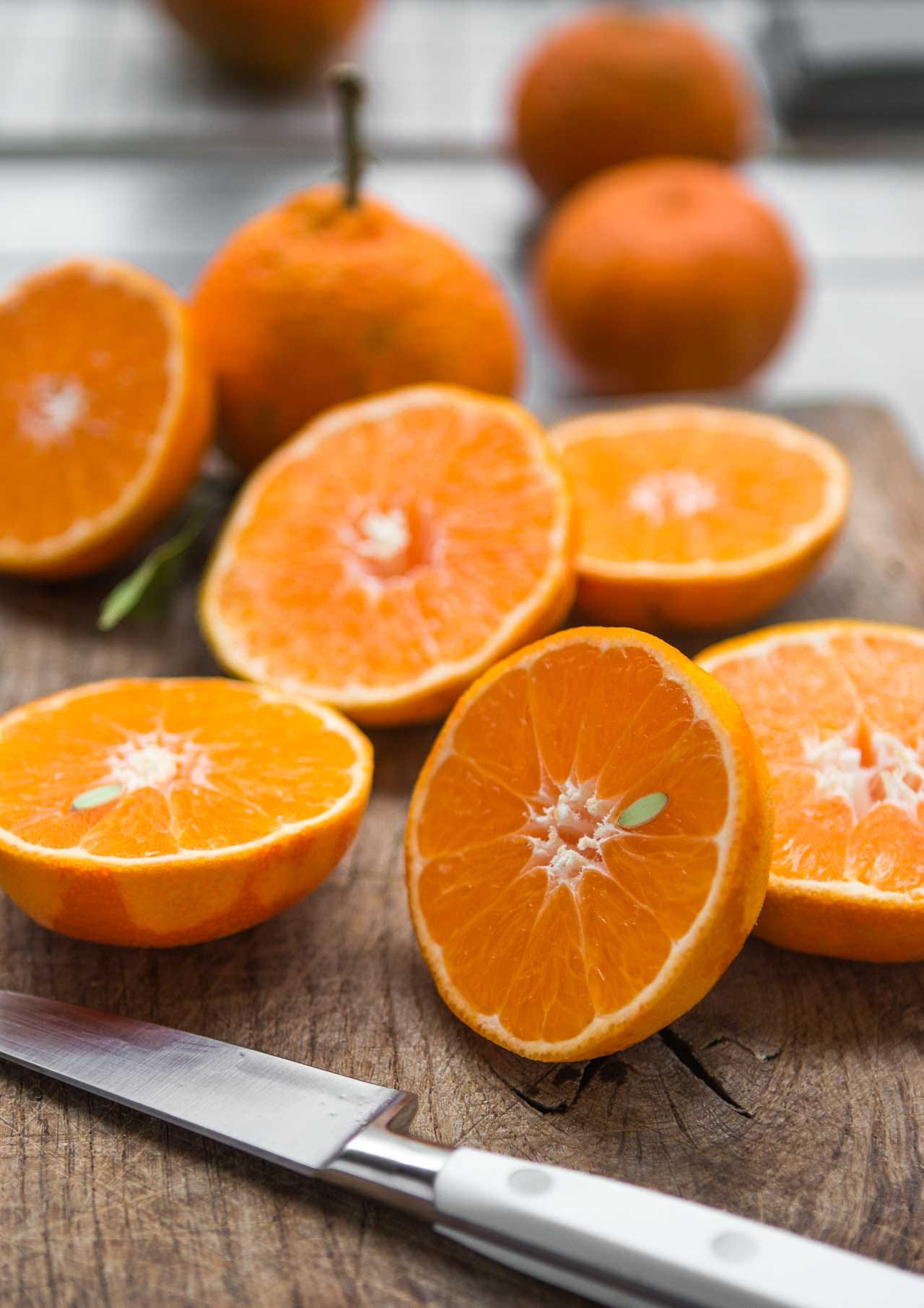
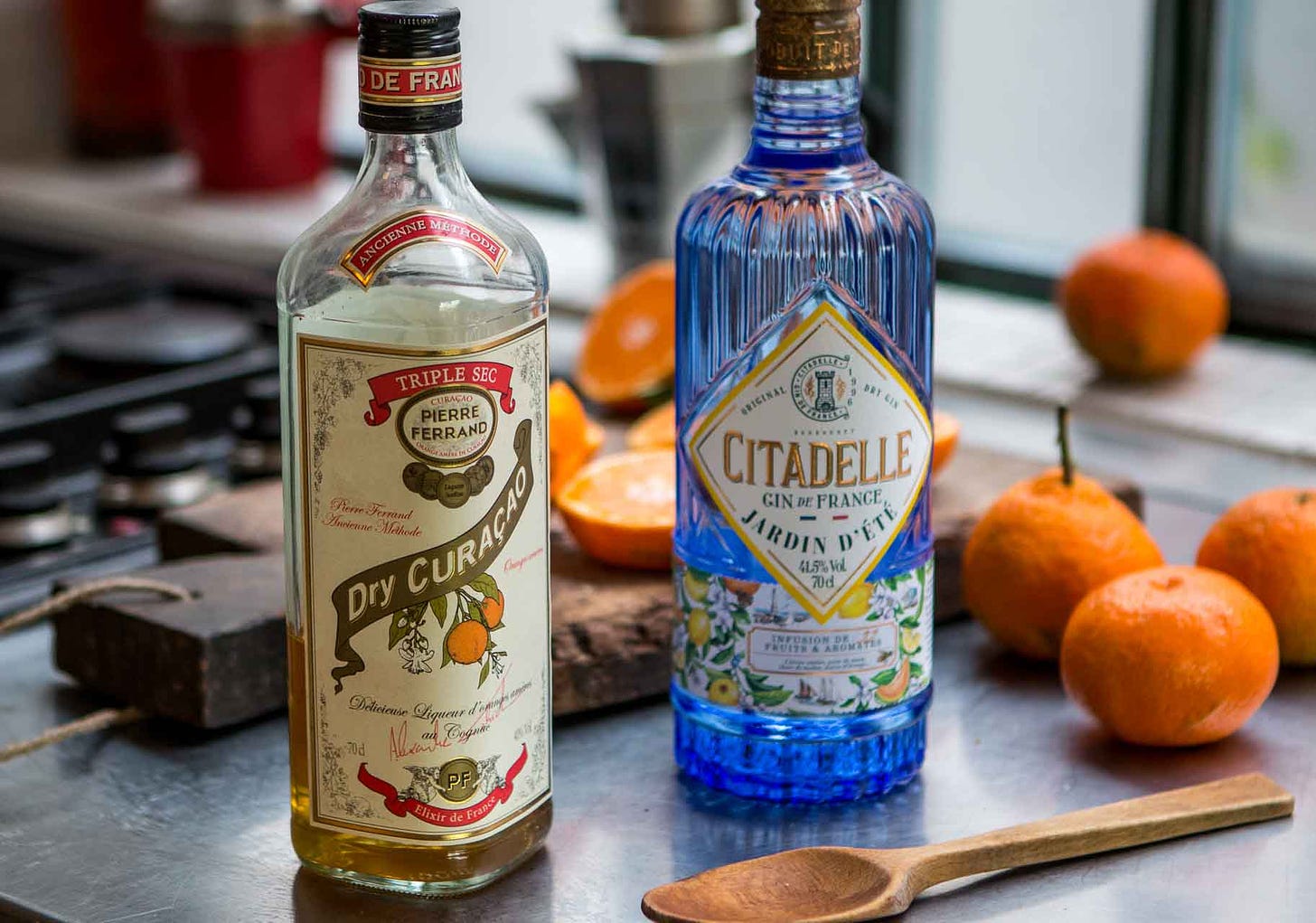
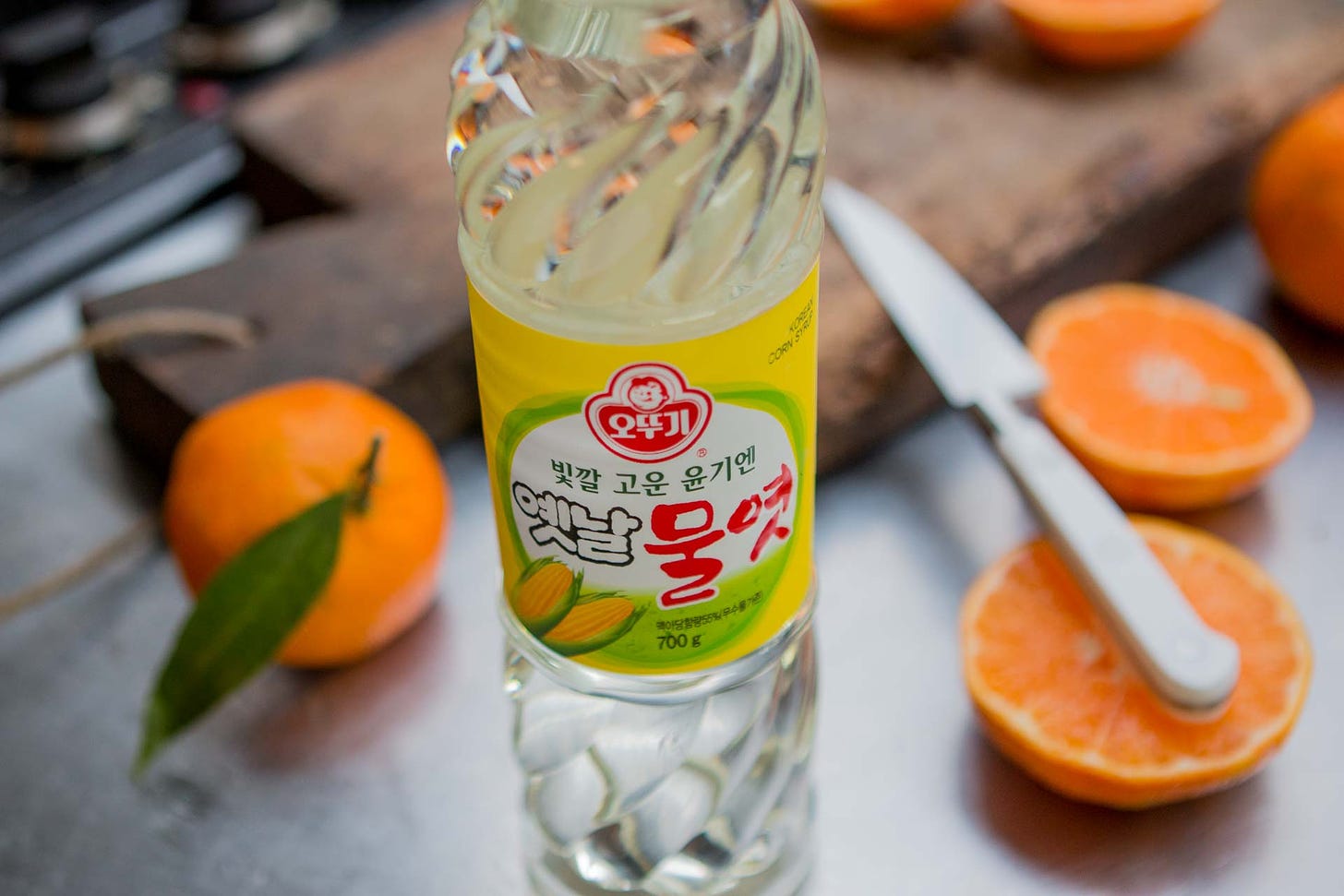
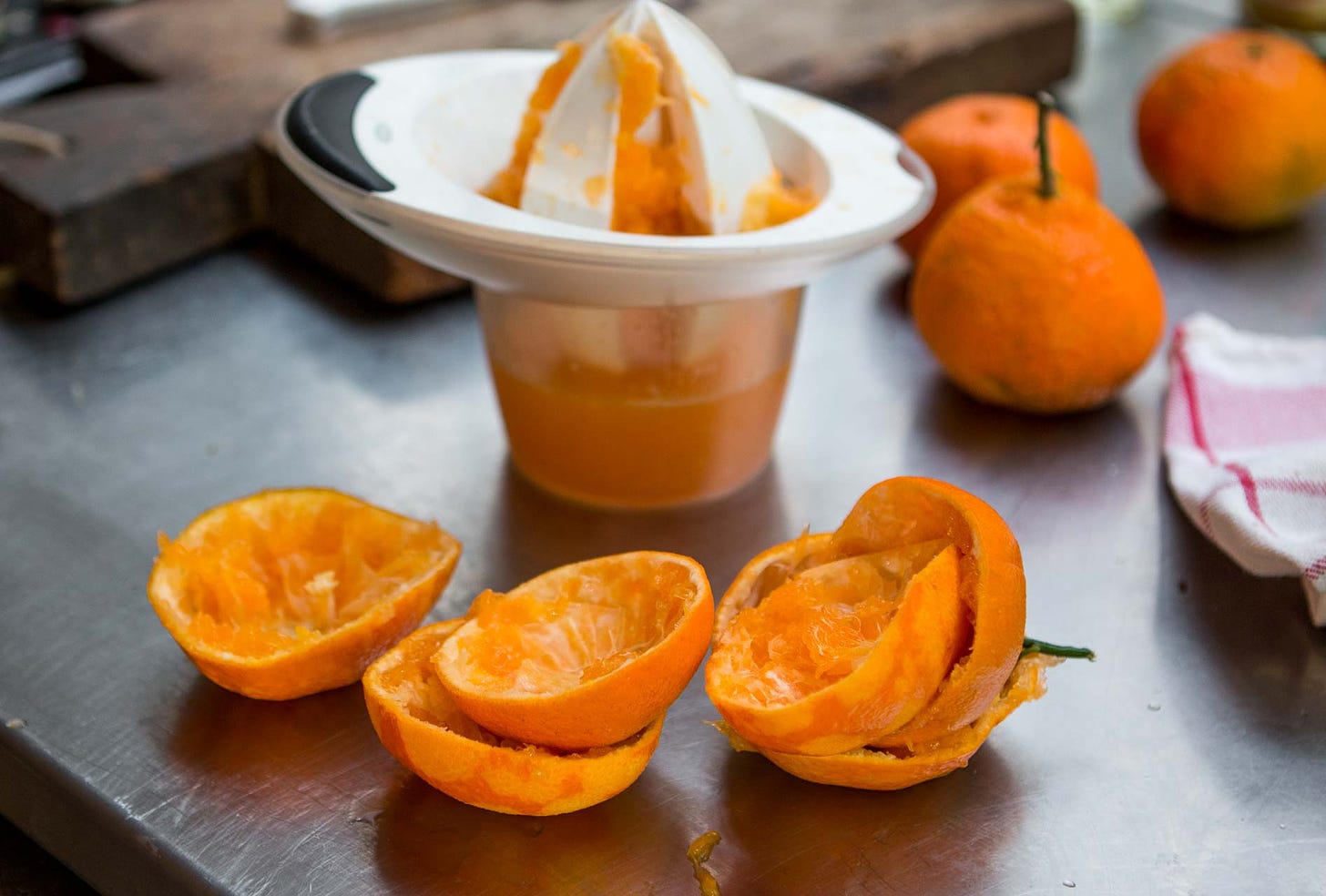

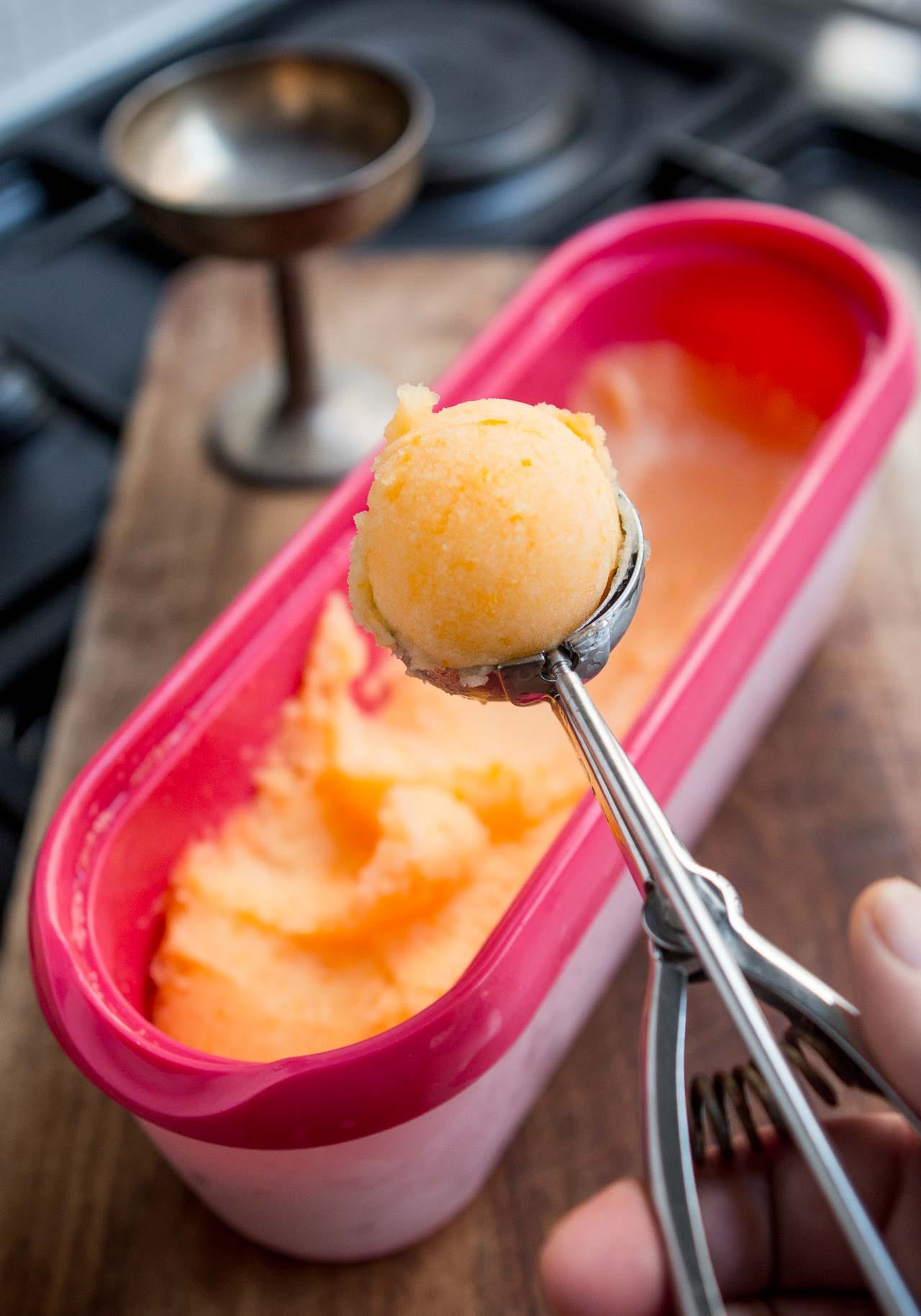
I made this sorbet with blood oranges and one pink grapefruit (I was short on orange juice). It was delicious, and the color was fantastic. Thanks for the inspiration.
David, Thank you for always making me smile when I read your posts. I didn’t subscribe for a bit, but decided I wanted to hear more from you. I’m so happy I did. It’s wonderful that on this life’s journey, you can reach out and for a moment in time, our lives touch. I appreciate your humor, your expertise, and your ability to be real. Looking forward to more posts. Have a wonderful day, specially since your “procedure” is complete. Whew! Back to eating that delicious bread.